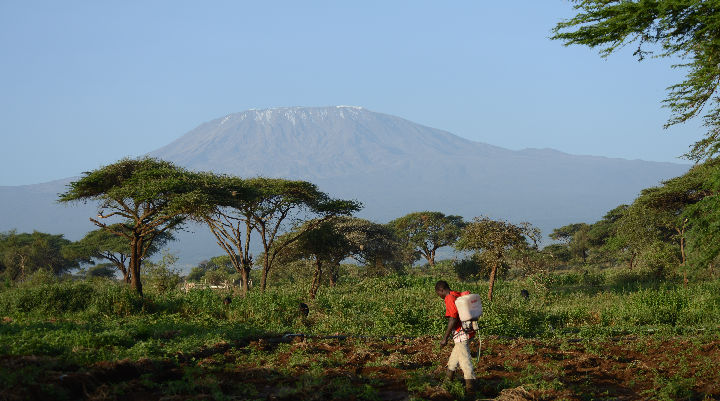
African savannahs quickly changing in response to climate change
Researchers from the University of York have investigated the impact of climate change on the land of Amboseli National Park in Kenya, and found that these effects happen more rapidly than previously realized.
The research team looked at environmental changes surrounding the African savannah and wetlands over the last 5,000 years. The experts discovered that this dynamic ecosystem had constantly transformed itself to adapt to shifting climate conditions.
The most notable changes have occurred over the last 500 years, which dates back to the arrival of the Maasai people and the start of the ivory trade. The sediment contained evidence that the Maasai people used fire to help cultivate the landscape, which altered the composition of the vegetation for a short time.
“East African savannahs support large human and animal populations, but are undergoing rapid developments and pressures on water resources,” said study co-author Esther Githumbi.
“Changes are leading to reductions in wildlife habitats and biodiversity loss, so it is important to understand how various environmental factors have interacted in the past, particularly human influences, to get a realistic idea of what the future might look like.”
The vegetation, which consisted of sparse woodlands and shrubs 5,000 years ago, showed high variability in response to climate change and the expansion of the wetlands. Vegetation had also changed in response to the size of the herbivore animal population.
“You have to see all of these different climate, animal, and human interactions in one dataset in order to get a realistic sense of how each impacts on the other,” said co-author Robert Marchant. “By far the biggest impact to the landscape, both in the past and today, is human activity.
The study suggests that National Park boundaries may need stricter management to keep pace with the changing climate.
“Now that we know how rapidly these changes occurred in the history of this area we can better predict the future,” said Githumbi. “Our project is just one of many around the world looking at land-based climate changes.”
“Once we have full datasets from these countries, the aim is to combine the results to get a global picture of what is happening on land. For the savannahs of East Africa this could mean considering how decisions are made about boundary lines around protected lands, given that the ecosystems can change more quickly than previously thought.”
The research is published by the Royal Swedish Academy of Sciences.
—
By Chrissy Sexton, Earth.com Staff Writer
Image Credit: University of York













